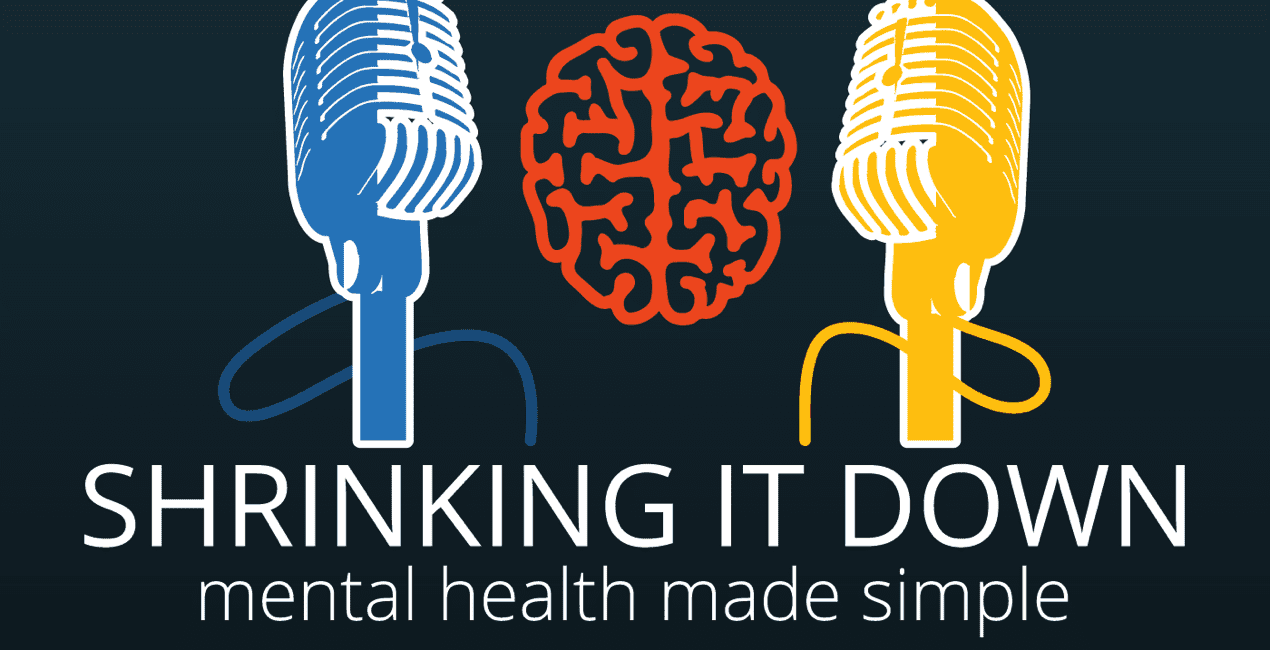Hit Send, No Wait: The Dangers Of A Hyper-Personal Online Life

Posted in: Teenagers, Young Adults
Topics: Hot Topics
Online communication can bring mischief and even serious trouble to peers and colleagues because it invites far more disinhibition than face-to-face conversation. This pull for personal disclosure was noted as early as 1996 by Walthers in a term he dubbed the “hyper-personal,” or, the tendency to reveal more about yourself to online people than to real life ones.
There are lots of reasons for hyper-personal disclosures. At the keyboard, you just focus on yourself; you can’t read the nonverbal cues on the receiving end as you go, which might be a check on your words. It’s also thrilling to be able to invent an identity that doesn’t have to be corroborated by reality. The downside of all this freewheeling communication is that you can flame out into self-destructive behavior. In a 2008 article in The Academy of Management Review, Kristin Byron finds that email generally increases the likelihood of conflict and miscommunication—we tend to misinterpret positive email messages as more neutral, and neutral ones as more negative, than the sender intended.
For teenagers, the lack of non-verbal features of speech, such as eye contact, facial expressions and body language, may make it especially difficult to discern the emotional states of others. It is no wonder that mental health professionals who work on adolescent inpatient units are reporting high rates of inpatient admission connected to Internet impulsivity. At one adolescent inpatient unit, it was estimated that 40% of admissions were related to adolescents impulsively sexting, sending a message that got them in trouble, or cyberbullying from peers.
In our work with teens, we try to get them in the habit of slowing down the entire process of posting, with the hope that they’ll think before they post. One such tool we’ve created is the mnemonic W.A.I.T. It can be helpful to put this on a sticky note, and attach it to your child’s computer.
- W – Wide-Audience:
“W” asks the question: Would I say this in front of a school assembly? If a teenage boy, for example, has 800 friends on Facebook, it’s then helpful for him to visualize standing in front of 800 peers at a school assembly, reading his Facebook posting aloud. Still sound like a good idea?
- A – Affect:
“A” asks the question: Am I in a good emotional place right now? Drawing from the basic notion that thoughts and feelings are connected, here teens learn to think about the ways in which their mood might be affecting what they are about to say.
- I – Intent:
“I” asks the question: Might my intent be misunderstood? The teen tries some perspective-taking to determine if his or her comment might be misunderstood. For example, could the posting, “I have no regrets,” be misconstrued as conveying a suicidal wish, rather than the intended declaration of pride and accomplishment?
- T – Today:
…Tomorrow or the next day? “T” asks the question: Can this wait a day? In an effort to slow the emotional drive that pushes teens to post to the internet, this intervention asks teens to evaluate the urgency of what they are about to say. Why is it so urgent? What will happen if I wait?
But, it’s not just adolescents who can benefit from slowing down before hitting the send button. In a recent survey of 2300 adults, the Pew Internet and American Life Project found that 12% of adults said that they had shared information online that they later regretted posting.
Here are some questions you might ask yourself to think more about how you deal with the hyper-personal aspect of online communication:
- With whom are you most apt to misunderstand an email, text or Facebook message?
- With whom are you most apt to feel closer or more connected to when you email or text?
- What type of information would you be more apt to share with online friends than real life ones? Are there feelings you would more likely express online than in person?
- If you’ve sent a message that you later regretted, what kind of mood were you in when you sent it?
We recognize that it’s unrealistic to expect that teens (or adults for that matter) will W.A.I.T. every time they post, but we could all use some ways to hit the pause button before hitting SEND.
A version of this post originally appeared and was written by the authors (Gorrindo and Fishel) in Psychology Today’s The Digital Family blog on March 29, 2011.


 Share
Share Tweet
Tweet





